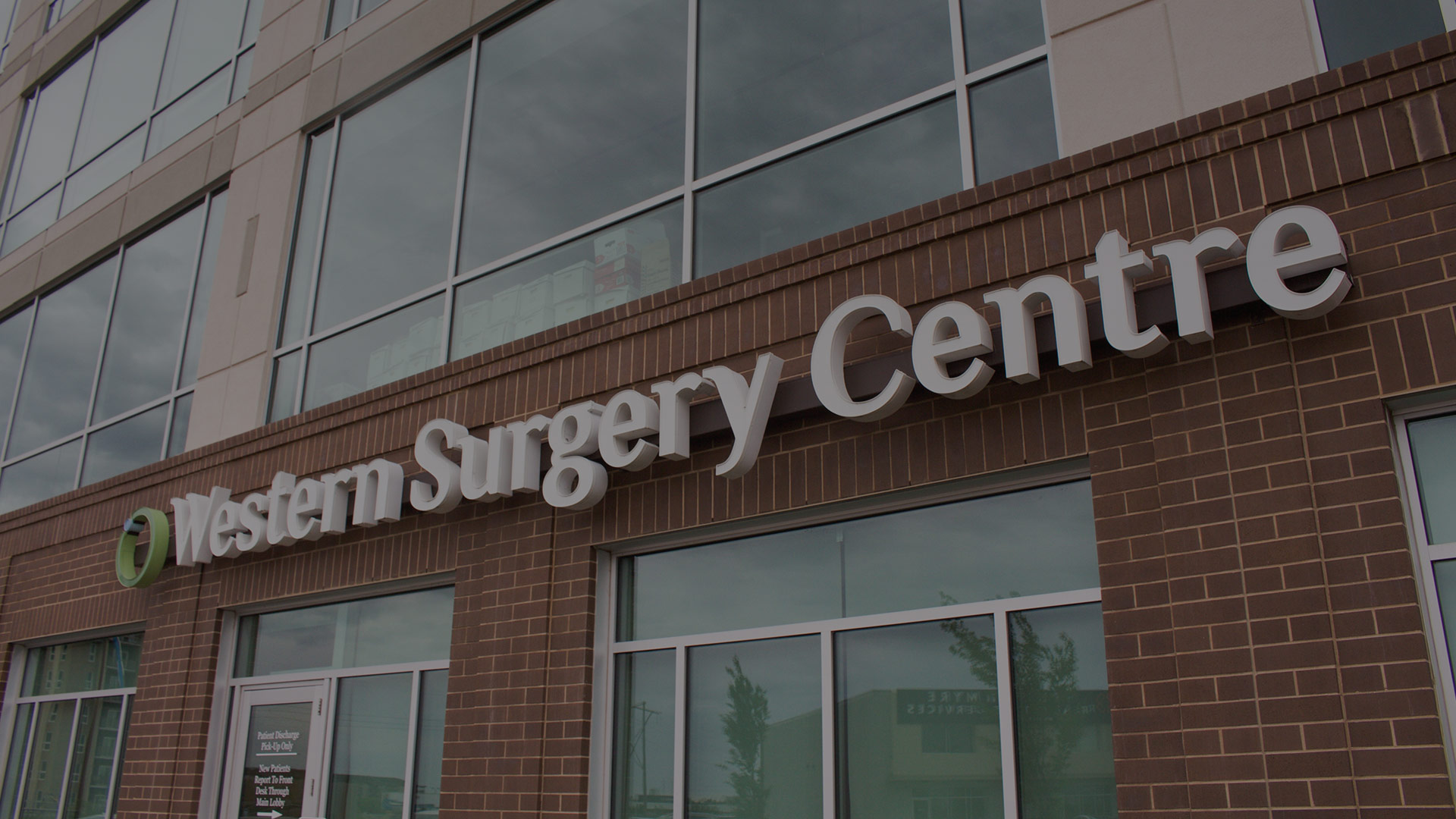05 Apr Tackling the Unique Challenges of Facelift Surgery After Massive Weight Loss
A recent article in the February issue of Plastic and Reconstructive Surgery discusses the unique challenges of performing a facelift on a patient who has suffered from obesity and is left with excess, sagging skin affecting all areas of the body.
Kailash Narasimhan, MD, and colleagues of University of Texas Southwestern Medical Center, Dallas, outline their approach to facelift surgery in patients who have lost 100 pounds or more after bariatric surgery.
According to Dr. Narasimhan, patients commonly undergo procedures called body contouring to remove excessive skinfolds in the upper and lower body. This can cause “turkey” neck and “droopy” faces in some patients. The researchers note, “Patients are particularly displeased with their post bariatric face and neck because they cannot camouflage this area with clothing.”
From a database of nearly 1,100 facelift patients, Dr. Narasimhan and coauthors identified 22 patients who underwent facelift surgery after major weight loss. The patients were 15 women and 7 men, average age 53 years with an average weight loss 145 pounds. All patients had been at a stable weight for at least six months before surgery. Most patients had loss of volume in the midface and around the mouth, and all had excess skin in the cheeks (jowls) and neck.
Dr. Narasimhan and colleagues chose plastic surgery techniques that address the increased skin laxity and facial “deflation” in this group of patients, noting that the condition of the skin after massive weight loss is similar to aging skin, with loss of underlying fat and decreased skin thickness.
Patients needed a larger volume of fat augmentation, increased tightening on the cheek and neck skin, and more extensive elevation of the underlying muscle and other facial tissues.
Dr. Narasimhan and colleagues achieved excellent aesthetic outcomes using this approach, and patients achieved significant improvement in facial fullness and shape with no major complications.
While emphasizing the need for an individualized approach in every case, Dr. Narasimhan and coauthors believe that their modified techniques can help to address the unique characteristics of patients seeking facelift surgery after massive weight loss.


No Comments